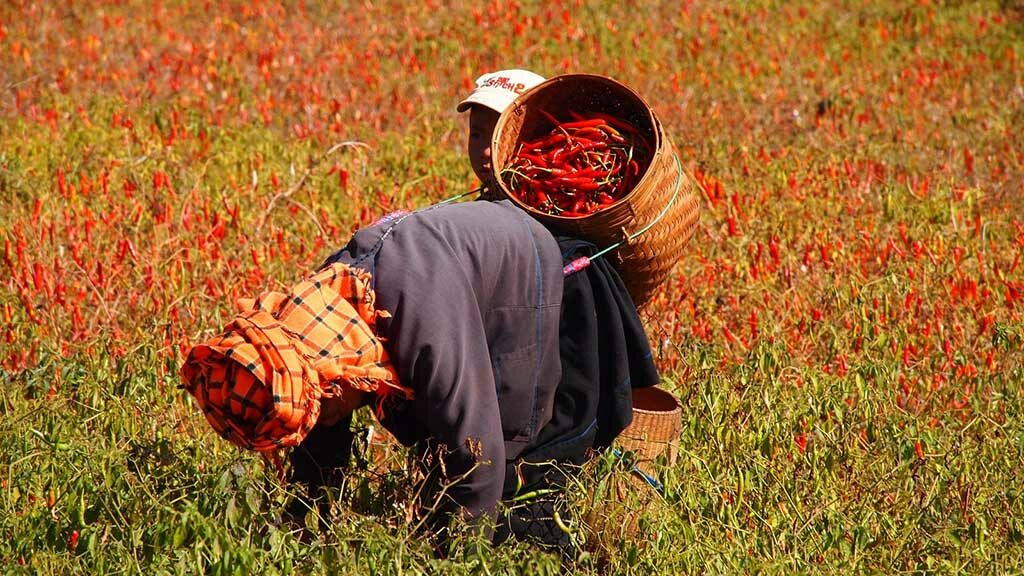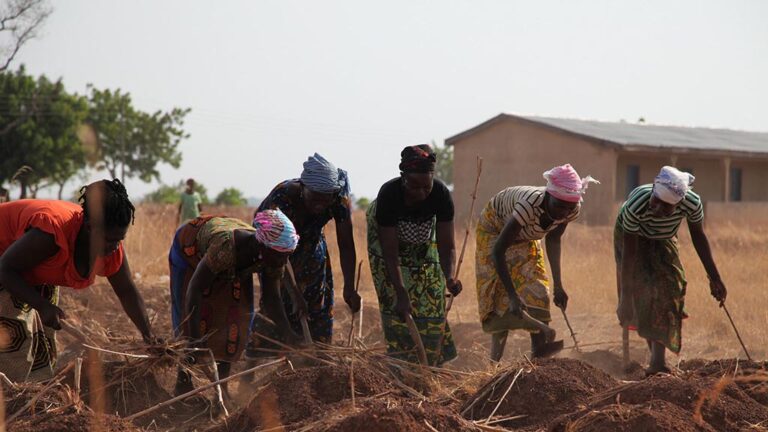On a global scale, women produce more than half of all the food that is grown, but they are still the majority of those undernourished. The food sovereignty movement challenges the economic polarization within the food system and tries to address the causes of disempowerment that lead to hunger from a feminist perspective.
Yes, it’s 2018 and still we are talking about hunger. Great progress has been made since the 1990s, but in a world where we produce enough food to feed everyone, 815 million people go to bed on an empty stomach each night. Luckily the debate has evolved, and we have at least moved forward from the misconception that hunger simply implies lack of food or a deficit within the global food production. In fact, researches have shown that food was actually available in many famine cases, although it was not accessible. This suggests shifting our focus to power over food instead of hunger.
This shift has led to the introduction of the idea of food security. The concept tries to capture a broader picture, one where hunger is understood not simply as a calorie deficit but as a broader violation in terms of economic and social rights. According to the FAO definition from 1996, food security is achieved when “…all people, at all times, have physical and economic access to sufficient, safe and nutritious food to meet their dietary needs and food preferences for an active and healthy life”. Unfortunately, this definition does not touch upon the actual social control of the food system and the lack of regulation has resulted in a massive concentration of economic power. Existing datashows that ten corporations controlled 67 percent of the US$22 billion global seed market in 2008. Further on, an analysis of the concentration ratio of a number of top firms in specific food industries indicate that in 2007 the top 4 beef packers controlled 83.5 percent of the food market and the top four pork packers controlled 66 percent of the US market. In 2005, 40 percent of all groceries were sold by only 100 retailers.
In contrast – or maybe I should say as a complement – to the idea of food security, another term originated in 1996: food sovereignty, coined by La via Campesina, the International Peasant’s Movement. The idea of food sovereignty has a strong focus on agency and puts those who produce, distribute and consume food at the heart of food systems. This means that the communities are the ones that have the right to define their own food and agriculture policy rather than international corporations or governments.
On a global scale, women produce more than half of all the food that is grown, but they are still the majority of those undernourished. This might be connected to the power concentration mentioned above. In contexts where women perform the majority of agricultural work, they have in many cases been supplanted by technologies of industrial agriculture favouring capital-intensive farms. Women structurally have less access to land and capital and they get paid less than men when employed within the agricultural sector.
Securing the communities agency and challenging existing power dynamics when it comes to food production means incorporating a gender perspective and trying to address the underlying causes of disempowerment that lead to hunger. That is why organizations such as La via Campesina have incorporated a feminist perspective, supporting women’s struggle on two levels: on a more general level defending women’s rights within civil society and organizations and more specifically those of peasant women within the neoliberal model of agriculture. Consequently, increasing local food sovereignty can lead to the advancement of women’s rights and an increase in food security.
The last decades have seen transnational solidarity and alliance building among rural constituencies such as social movements, often feminist ones. La Via Campesina is moving in this direction, “globalizing hope, globalizing the struggle”. According to FAO the global population is expected to grow by 2.3 billion people by 2050 and food demand could rise 60 percent. This poses a great challenge to our food system. One thing is certain: any alternative to the dominant agricultural model has to incorporate a gender perspective in order to be successful, as women take on an important role in the global food production, especially in low and middle income countries.


